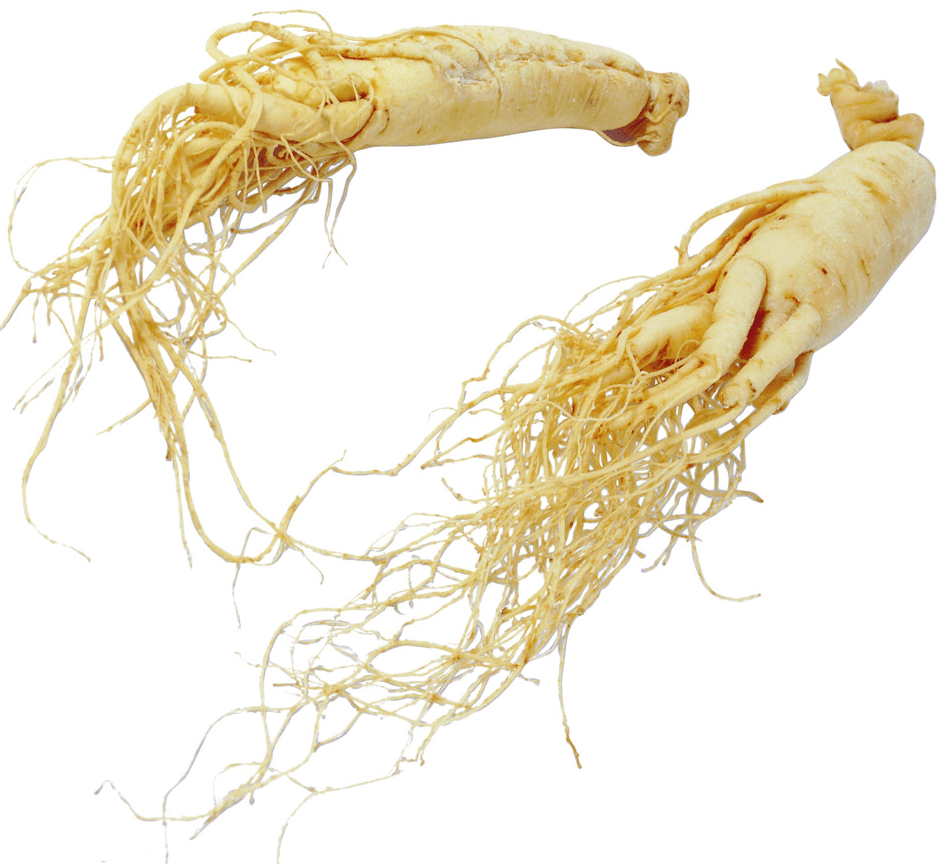[Chinese name]: Ginseng Extract
[English name]: Ginseng Extract
[product source]: This product is the dry root extract of Panax ginseng CA mey.
[product specification]: 10:1 20:1
[product appearance]: brown yellow fine powder
[test method]: TLC
[shelf life]: two years
[package description]: double plastic bag plus cardboard barrel (25kg / barrel)

[introduction to ginseng]:
Panax ginseng (scientific name: Panax ginseng, also known as Asian ginseng, in the northeast of China known as "club mallet") is a root with meat, which can be used for medicine. Ginseng belongs to Acanthopanax family, which mainly grows in East Asia, especially in cold areas. Ginseng is a common medicine in Asia, and American ginseng is also widely used in North and Central America. Ginsenosides in the roots of Panax ginseng are the effective components. The saponins of wild ginseng in Changbai Mountain of China are relatively high, but they are not easy to obtain and the price is high.
[plant morphology]:
The height of the plant is about 60 cm. The main root is plump, fleshy and cylindrical (commonly known as ginseng); the end is covered with dense lines, and the lower part is divided into many lateral roots. The fibrous root is long and thin, and there are many verrucous matters on it, commonly known as pearl pimples; the rhizome is commonly known as reed head; the shape is diverse, most of which are horse teeth, commonly known as horse tooth Lu; a few of bamboo nodes, commonly known as bamboo knuckle Lu, or cylindrical, commonly known as round Lu; the terminal overwintering bud, commonly known as foetus; The lateral adventitious root, commonly known as the Greyhound, and the residual stem mark on the rhizome every year, commonly known as Luwan, the more the number, the older the ginseng. Stem erect, cylindrical, mostly purple, rarely green or purplish green. The rhizome end of impeller is palmately compound leaf; the annual stem has one compound leaf with three leaflets, the biennial stem has one or two compound leaves with five leaflets, the triennial stem has two to three compound leaves, the stem above four to five years usually has four to five compound leaves, at most six compound leaves. The relationship between age and leaf number varied with different growth conditions. Leaflets nearly ovate, 4-17 cm long, margin serrulate, veins above, sparsely setose, smooth below. The umbel is a single terminal flower, the total pedicel is drawn out from the stem end, up to 30 cm long; the flower is small, 2-3 mm in diameter; the calyx is green, 5-lobed; the petals are 5, yellowish green; the stamens are 5; the pistil is 1, the ovary is inferior, 2-locular; the disk is annular. The fruit is in the shape of flat kidney and pulpy drupe. It is green at the beginning, bright red at the time of maturity, yellow or orange yellow in a few, and there are two seeds (actually the core) in each fruit. The seeds are in the shape of kidney, yellow white or gray white. The weight of 1000 seeds varies according to the cultivation conditions and the age of the participants, generally 25-35g, generally three-year-old flowers and fruits, flowering in June and fruiting in July August. 4-5 years old is the suitable period for seed collection, generally 40-70 fruits per plant, 60-90 seeds.
[chemical constituents of ginseng]:
There are more than 22 kinds of ginsenosides which have been isolated. According to aglycones, they can be divided into three types
20s protopanaxadiols (the parent nucleus is damarane): ginsenosides ra1, ra2, Rb1, Rb2, RB3, RC, RD, in addition, there are acetyl ginsenosides Rb1, Rb2, RC, malonyl ginsenosides Rb1, Rb2, RC, Rd.
20s protopanaxatriols (the mother nucleus is damane): ginsenoside Re, RF, Rg1, Rg2, Rh1.
The content of volatile oil in the roots, stems, leaves and flowers of Liaoning ginseng is about 0.12%, 0.13% and 0.29%, respectively. The oil was identified to contain α - guaiene, β - patchoulene, trans saryophyllene, humulene, β - and v-elemene, eremophilene, β - farmene, β - gurjunene And 2,6-ditert-butyl-4-methylphenol and l-heptadecanol. There are also pyrazine aroma compounds and polyacetylenol compounds, including more than ten kinds of Panaxynol, panaxynediol, panaxytriol, etc.
Sugar ginseng polysaccharide m, N, O, P, glucose, fructose and other monosaccharides, sucrose, maltose and other disaccharides, glucose fructose fructose, glucose glucose glucose, glucose glucose fructose and other triosaccharides.
Organic acids, such as fumaric acid, succinic acid, mamic acid, malic acid, citric acid, tartaric acid, palmitic acid, palmitic acid, linoleic acid, etc.
5. Polypeptides and amino acids contain many kinds of polypeptides, including FGP (Ⅰ) 32 peptide, FGP (Ⅱ) 30 peptide, FGP (Ⅲ) 29 peptide, FGP (Ⅳ) 23 peptide, FGP (Ⅴ) 12 peptide, etc.; amino acids include arginine, threonine, β - aminobutyric acid, β - aminoisobutyric acid, etc.
Alkaloid adenosine, 6-ketopyridine, n9-formylharman, choline, putrescine, spermidine, crude amine and other polyamines.
[main ingredients of ginseng]:
The stem and leaf extracts of ginseng mainly contain a variety of ginsenosides, including Rb1, Rb2, RD, RC, re, RO, re, RF, Rg1, Rg2, Rg3, Rh1, Rh2, etc. It also contains a small amount of β - sitosterol, kaempferol, trifolioside, ginsenoside and luteolin glucoside. The total content of ginsenoside is generally between 80-90%.